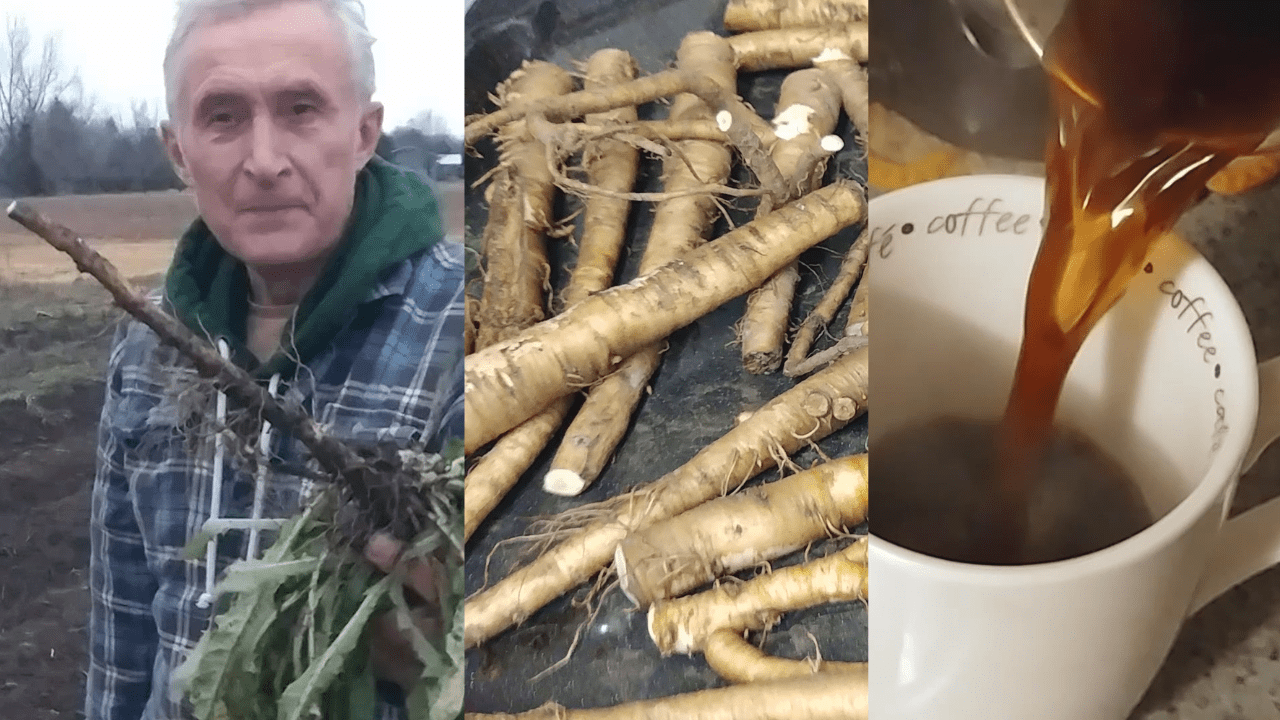Every day Mother nature presents us with delicious and nutritious gifts which benefit our health. Have you ever thought of foraging for wild roots to make coffee and other hot drinks?
As soon as we wake up, we are habituated to drinking this “magic” brew; however, there are many flavors being added to our favorite beverage to alter its taste. As we crave the next cup, we often forget what has been added to tempt our tastebuds. These unhealthy choices overwhelm the benefits of coffee’s antioxidants and nutrients.
How about giving yourself a rest from daily coffee propaganda and making hot drinks from what you find in nature?
In the colds of winter, the first drink we tend to reach is a hot one. Hot tea, coffee, and cider are just a few of my favorites. Tell me how good would it feel to have a warm drink that not only heats your inside but also makes you healthy, boosts your energy, and helps you to tune up your vibe. Do you follow my thinking pattern?
If you do, let’s dive into the world of making our own coffee. Or should I say it would be a coffee substitute? “Substitute” sounds like belonging to a subsidiary grade, not one of primary importance. So I’d rather stick with coffee, as commonly used, pleasant, and very often adored, to the point “can’t live without” term
When should you start digging the roots…
When the dandelion plants are young, the roots are young too, there is not much you can grab from them for making your hot drink. When the plants are in bloom the energy is directed from the roots to help the flowers, so that’s not a good time to pull out the roots either. However, after the blooming is over and roots have taken a break to refill energy from Earth, in late fall to early winter they become the most potent with all nutrients and vitamins absorbed.
You can leave the roots in the ground over the winter and harvest them in the spring too. However, there is a potential risk, as they stay close to the surface, and if severe frosts reach deep into the roots they might get damaged and/or weaken in nutritious content.
TIP: if you’d like to harvest the most potent dandelion roots or any other roots treat them the same way as the root vegetables. I hope you don’t pull carrots or beets out from the ground as soon as the first frost hits. You do leave them in the ground but cover them with a thick layer of mulch, correct? Same with dandelion roots. If you have noticed dandelion volunteers in your food garden, take a mark of them and cover them with mulch. Whenever you are ready to process them into coffee, dig them out then. This way you will receive the following advantages:
- In fall times you are certainly busy with preserving your delicious veggies and might not have much time for dealing with wild roots. By keeping them in the ground you save yourself from worries about them being spoiled.
- Your dandelion plants will keep collecting nutritious elements from the soil until the day you pull them.
I was making coffee from dandelion roots before, but this year I expanded to chicory, ashwagandha, and even thistle roots. Yes, that notorious thistle that you’re sick and tired of pulling out of your precious food garden.
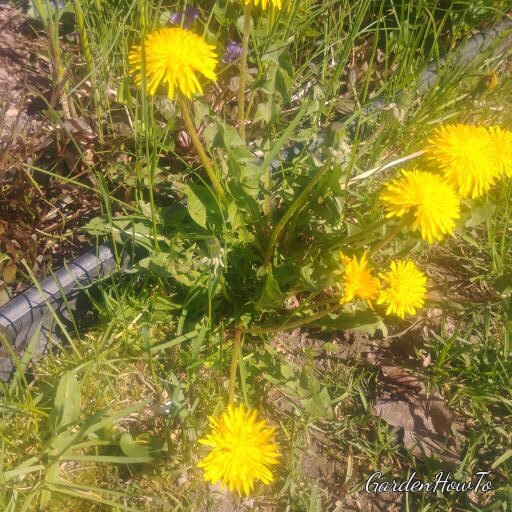
If you can’t stand dandelions as much as thistles, I hope after reading this article you will be leaving your lawns blooming in yellow from dandelions and appreciate thistles for their nutritional health benefits and unique flavors.
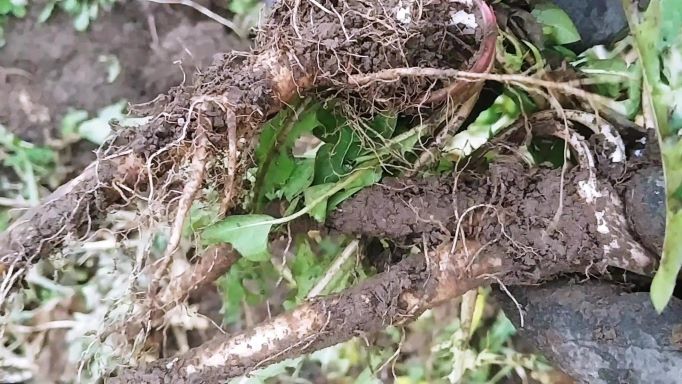
But for now, I will narrow my coffee-brewing journey down to dandelions and while I walk into the wild field to dig the roots out please give your “Like” to this video where I shortly described the whole process from digging roots to enjoying the coffee:
What roots to choose?
When looking for roots, search for plants with lots of foliage above the ground BEFORE digging the dirt. The size of the dandelion plant above the ground is directly proportional to the size of the root. You will discover that the roots of dandelions are not as thick as beets, parsnips, or even carrots. Therefore I suggest you to notice the plants with big and bushy leaves! Yes, the bigger the better!
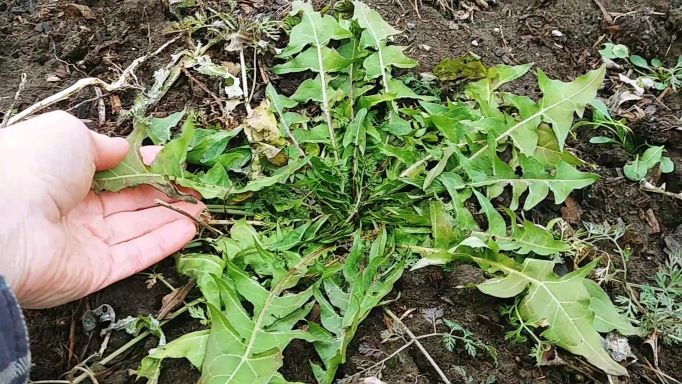
Another reason why you should pick as thick as possible roots: after washing and removing the dirt they will look much smaller, and then they shrink during the roasting too.

Next, bring all the roots to wash. Washing will expose all their wounds and defects. Be sure to sort and filter the roots, as there could be some roots that are looking good outside but have some rot inside. After the thorough cleaning, dandelion roots will look like this:

You have to keep as many healthy ones and discard sick/damaged ones.
Sometimes, a good washing will extend to peeling, but if you can remove all visible dirt and defects by washing and scraping, you don’t have to peel the roots. But if you ever peel roots, you will see them similar to these ones:
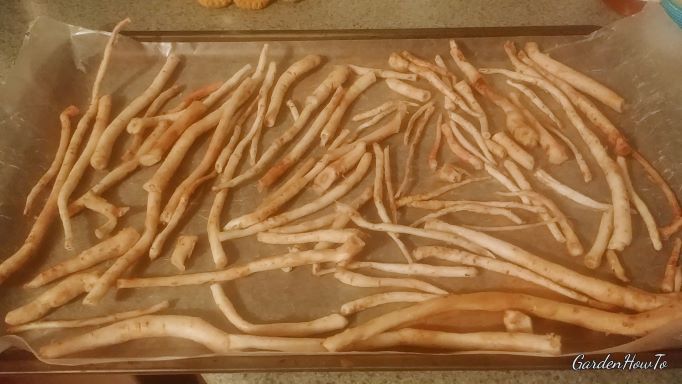
I believe the skins carry over essential nutrients so you don’t have to necessarily peel the roots out.
To dry or not to dry the roots?
That would be your own sovereign choice. Look at the stars one evening, meditate, and ask yourself: What would I like to make from the roots? If tea – dry them out, if coffee – roast them out. 😊
OR If you want to use the roots as a medicine in infusions, tinctures, or decoctions – no drying is required, only cleaning.
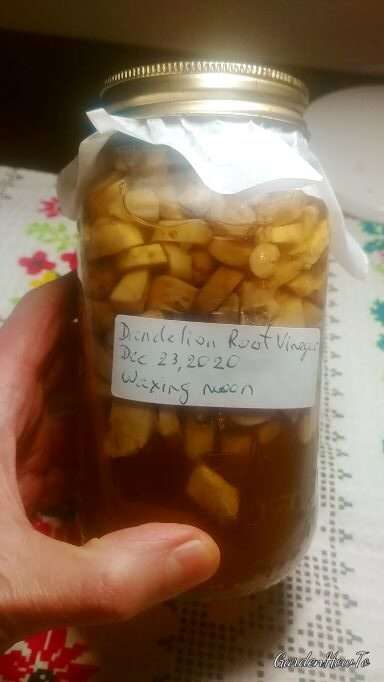
TIP: Please ensure you crush the roots down before drying because in the dried state they may become woody and not easily breakable. When you cut them raw the roots will be drying faster and will be stored compactly after.
How to roast wild roots?
- Spread roots along the tray with parchment paper (or foil as seen on the video).
- Set the oven to 350F. You might find other sources suggest 400F, however I encourage you to make this delicate process slower so that you will dive into the fantastic process of tasting the light vs dark roasts and in between, keep the temperature at 350F (Hey, was that how you’ve got addicted before to regular coffee? 😂 ).

- Let roots slowly roast; check every 10-15 minutes.
- Turn them side to side so that all sides are bright brownish, not dark brown because that could hint a sign of burning.
- Stop roasting when you’re satisfied with the color of the coffee roast.
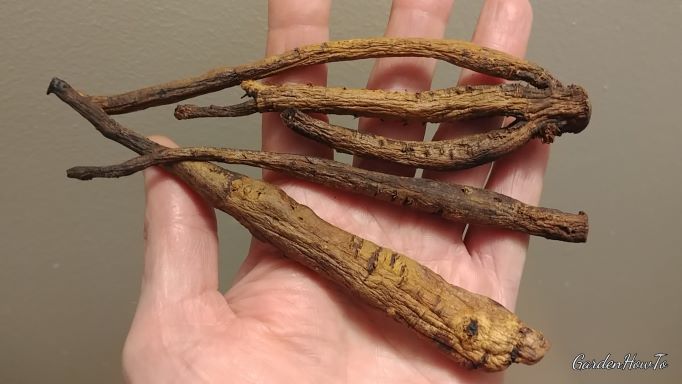
BONUS TIP: you can grab one of the roots in the middle of the process, break it apart and see the color of the root. That’s would be the best place to see the real state of the roasted root, not the external color of the skin.
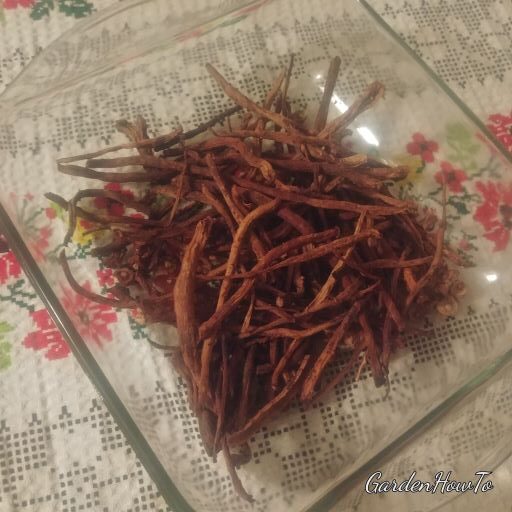
Easy to brew, right?
Now after the roasting is done, process the roots in a coffee grinder.
To brew dandelion coffee you need only a teaspoon per 2 cups of water. But you might like a stronger one, so add more.
I take dandelion coffee very seriously 😂, like a coffee connoisseur, with alternative milk and no sugar. How about you?
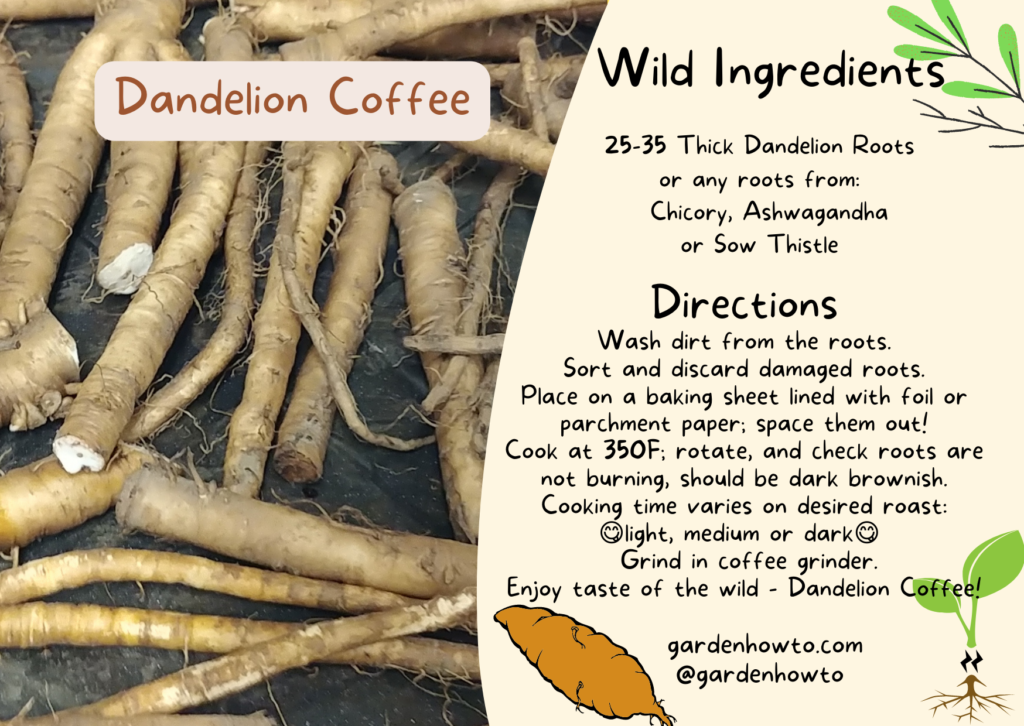
Q&A
What are the nutritional benefits of dandelion coffee?
Dandelion roots contain good levels of iron, zinc, calcium, and potassium, and are also rich in vitamins A, B, C and D. The roasted form of the root is known to contain probiotics and antioxidants. Also dandelion plant itself
- has diuretic properties
- aids digestive health
- improves circulatory health
If you have sensitivities or allergies could this affect them in the form of coffee?
For example, if you’ve suffered allergic reactions from plants in the daisy family (e.g. daisies, marigolds or Chrysanthemum Tea), you might also be allergic to dandelion. Its diuretic properties, meanwhile, might interfere with similar medications.
What are other types of roots you can mix with dandelion to create a flavorful coffee?
You can blend dandelion with other plants, such as sugar beet, barley or rye, where each can provide interestingly flavored alternatives to your standard cup of dandelion coffee. Plus you can mix in the powder made from roasted roots of Burdock, Cat’s Ear, or Chicory:
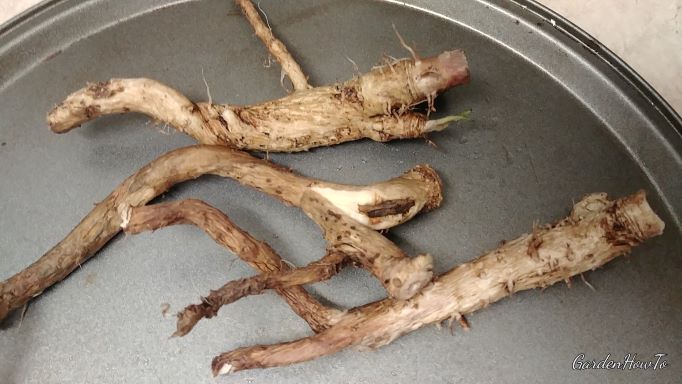
…and please don’t ignore Sow Thistle:
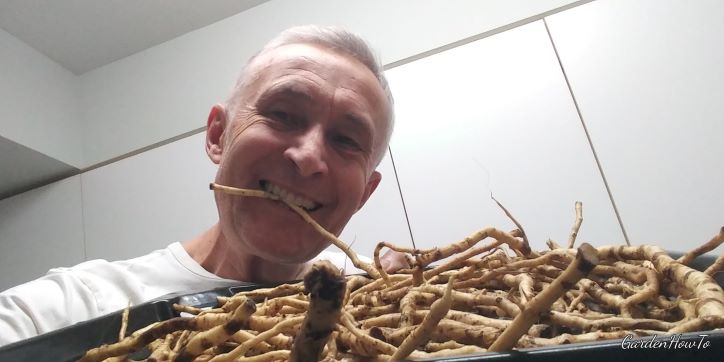
Besides the roots of these plants you can make coffee from Acorns, seeds of Agarita and Cleaver as well as Chinkapin nuts.
So there you have it, friend! A little new hint to help you to make a hot nutritional drink from wild plants.

PPS. If you would like to learn more about wild roots and how you can apply them in food, I invite you to join my online community as one of the founding members.

